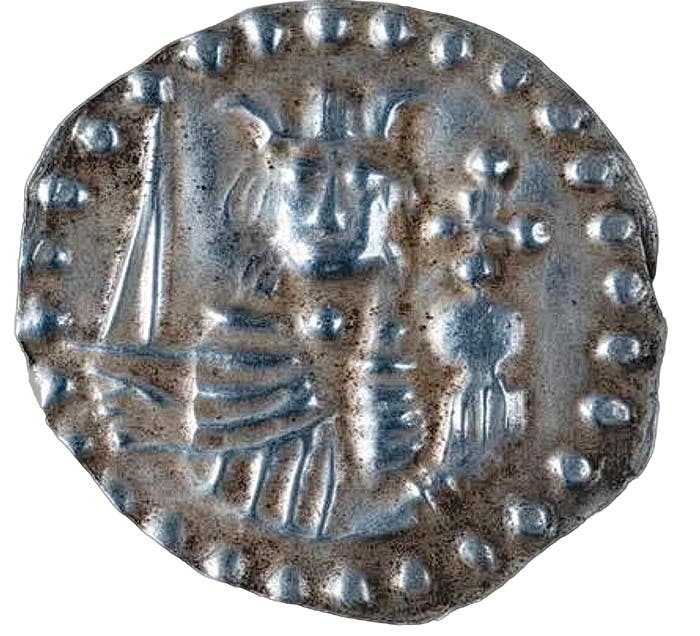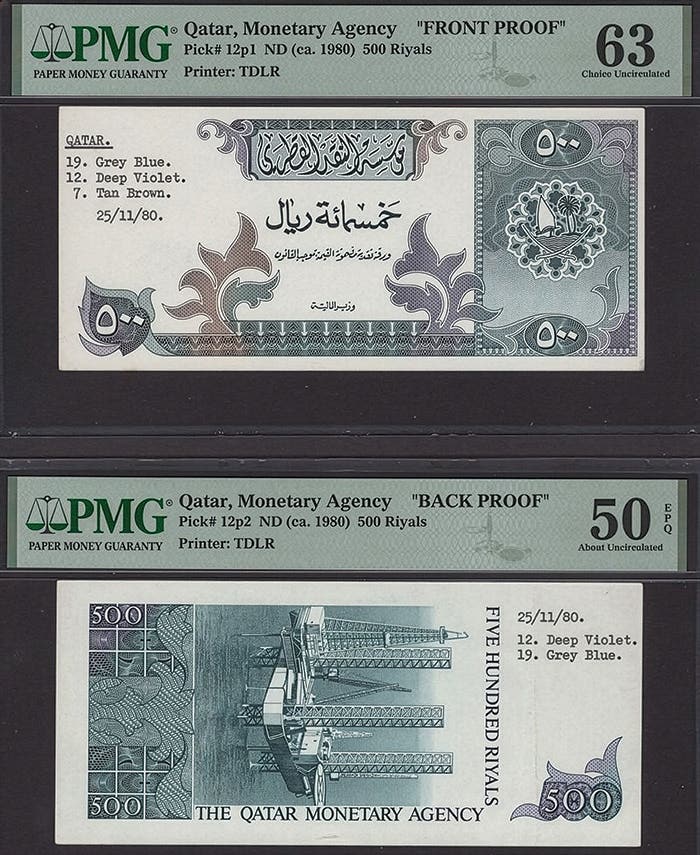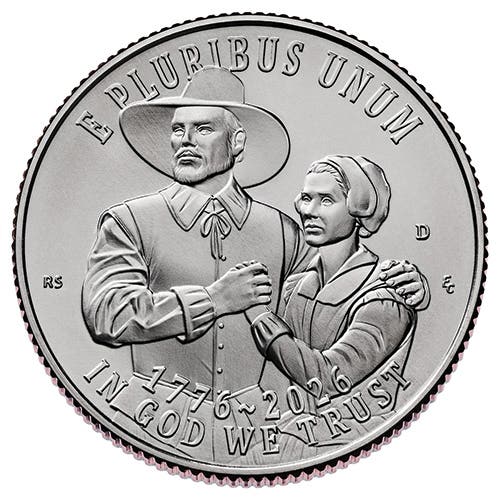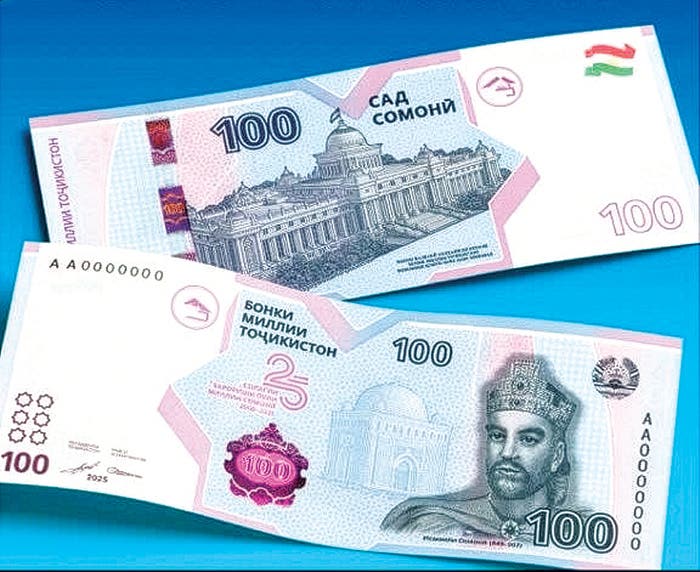Need for Coins and Bank Notes Continues
The 21st century is already proving to be different. There has been a worldwide push to make society “cashless.” Cyber money appears to be everywhere, while transactions in physical cash…
The 21st century is already proving to be different. There has been a worldwide push to make society "cashless." Cyber money appears to be everywhere, while transactions in physical cash appear to be diminishing. The worldwide coronavirus pandemic could have accelerated moving in this direction. Are coins and bank notes really on their way out? Developments all over the world indicate this isn’t about to happen.
According to a Nov.10 Central Banking magazine article, “In some regions, COVID-19 has accelerated the transition to a cashless society. In others, it has underscored the importance of bank notes and coins to millions of people.”
The publication conducted a survey through which 19 “benchmark participant” central banks participated. Almost three quarters of these banks said they expect demand for physical cash to increase during 2022, while 21 percent indicated the demand for cash in their country would decrease.
According to the Central Banking article, “The original message from the World Health Organization (WHO) was that the public should be cautious about bank note use. Panic ensued, resulting in a clarification from the WHO that it was not advocating the disuse of cash, rather that people should wash their hands after handling bank notes and coins.”
There is no question there are shortages of coins and bank notes in circulation. Like goods and employment, the pandemic and its aftermath have left society with gaps that were unanticipated.
On Oct. 31 Bangko Sentral ng Pilipinas (Central Bank of the Philippines) Governor Benjamin Diokno said, “There will be no shortage of new bank notes in the Yule season. As in previous years and to support seasonal demand, 40 percent and 50 percent of the total volume of bank notes and coins, respectively, will be serviced in the fourth quarter of the year.”
According to a Manila Standard newspaper article of the same date, “Historically, there is greater demand for denominations of 1000-, 100- and 20-piso bank notes; and 20-, 5- and 1-piso coins during the holiday season.”
In Nov. 2016 Hindustan Times newspaper reported Indian Prime Minister Narendra Modi voiding bank notes in 500- and 1,000-rupees denominations in an effort to bolster digital payments. Since that time the Reserve Bank has reported the value of bank notes in circulation nearly doubled from that date through Oct. 29, 2021.
On Nov. 8 The Times of India newspaper reported, “From 2020 through 2021, the value and volume of bank notes in circulation had grown by more than 16 percent and more than seven percent, respectively,” adding, “Digital payments are also growing by leaps and bounds in India.”
David Ryder was U.S. Mint director until Oct. 1. In May, Ryder said mint production was at “near record production levels.” At that time the mint had produced nearly 21 billion coins since 2020. Ryder cautioned, we can’t “manufacture our way out of this problem.”
According to Ryder “Only with your help [consumers] can we jumpstart the flow of coins.”
The U.S. Coin Task Force more recently reported, “There is approximately $48.5 billion in coin already in circulation, much of which is sitting dormant inside America’s 128 million households.”
Add to this the American Bankers Association statement, “The problem is COVID-19 has changed how coins are being used, causing a slowdown in coin circulation. Fewer consumers are using the change they receive in cash transactions to make other purchases. Instead of going back into circulation, the coins are piling up in piggy banks.”
It doesn’t appear coins and bank notes are going away anytime soon. Coins are one form of currency, but we have added bank notes, checks, charge cards, smart cards, and now electronic forms of payment to the mix. None of these “additions” have replaced coins. Likely cyber money will become simply one more form of currency.









